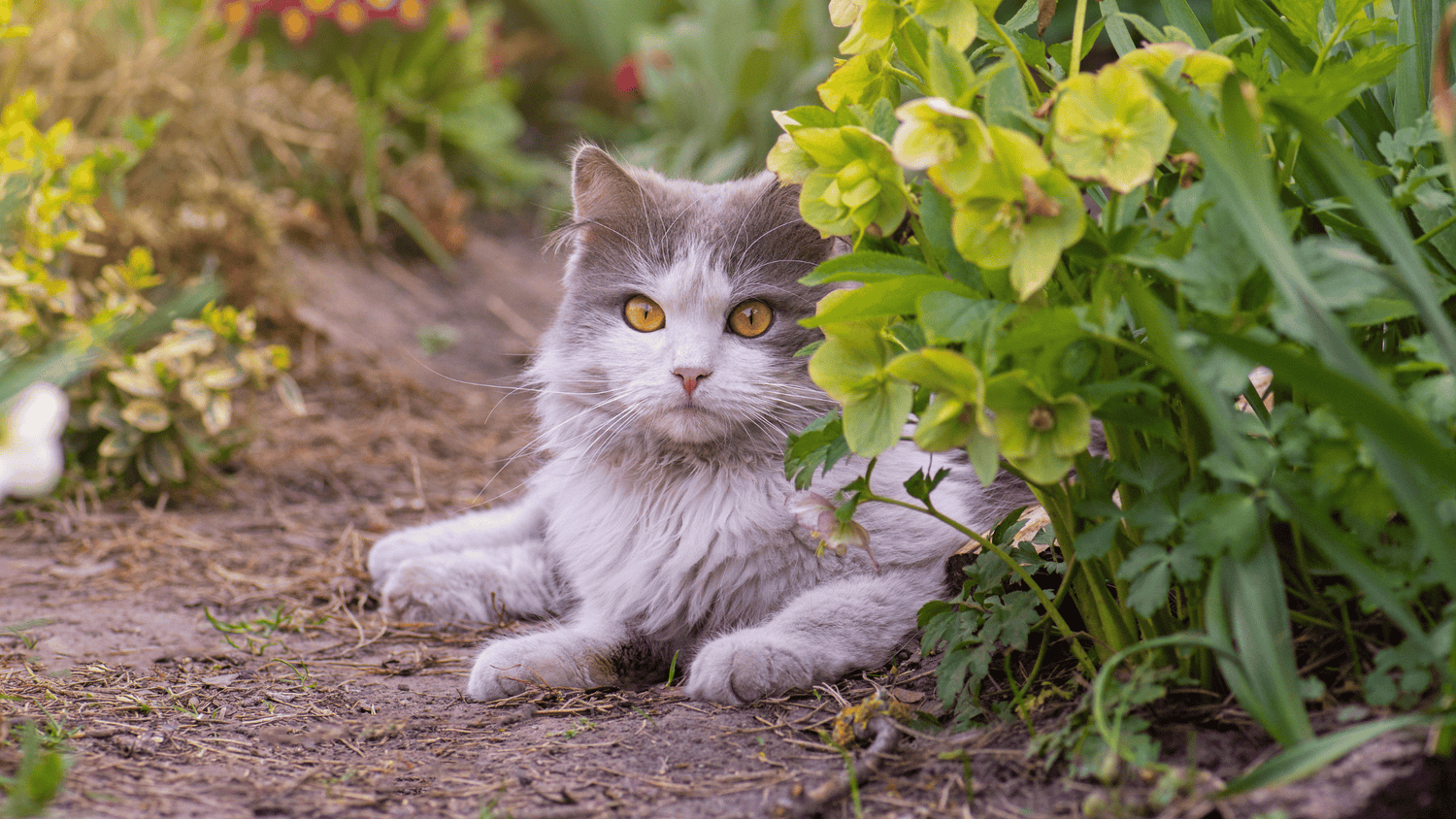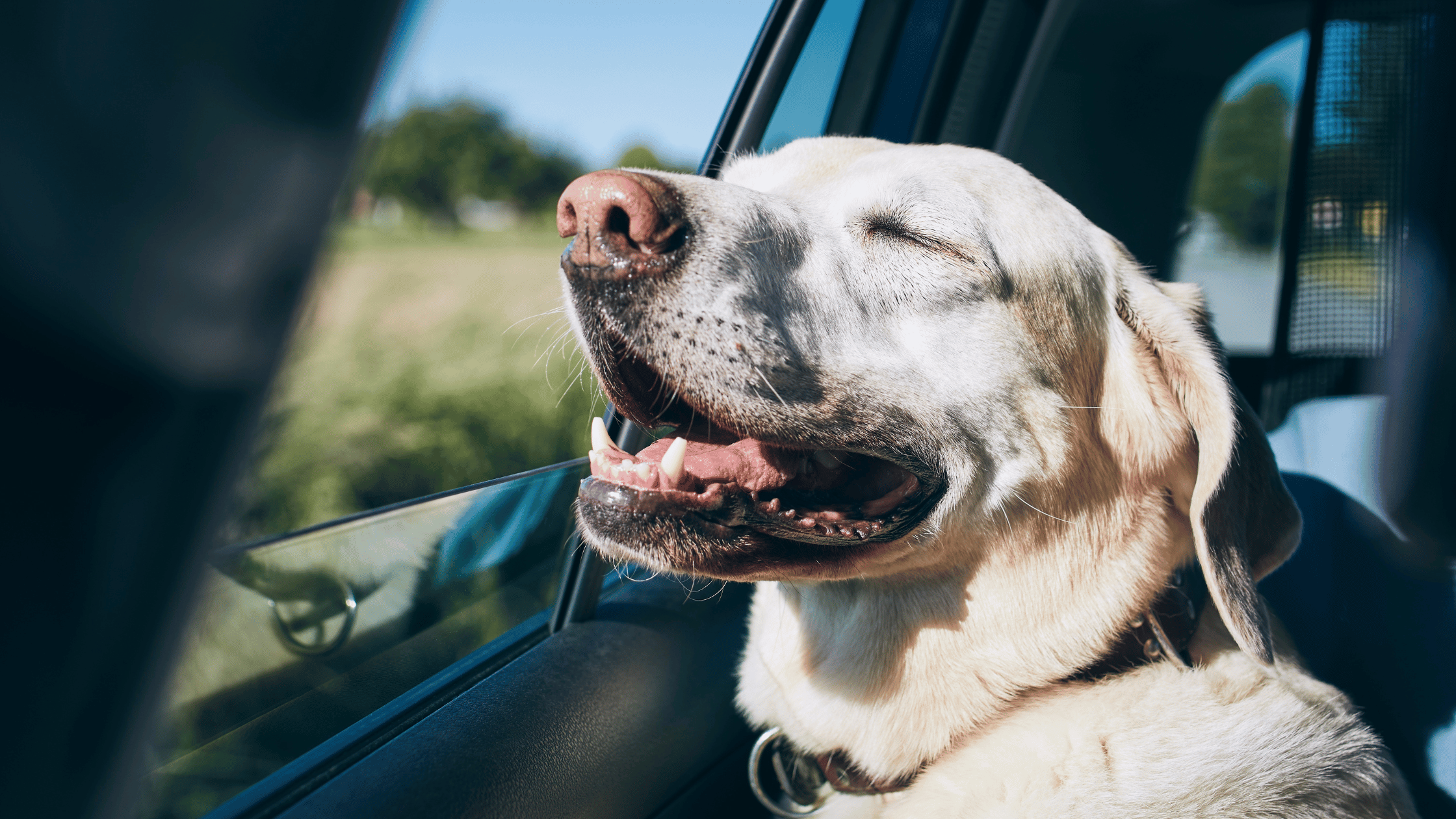Creating a garden that is both beautiful and safe for your pets can be a rewarding endeavor. Many pet owners enjoy spending time outdoors with their companions, but it's important to be aware of the potential dangers lurking in your garden. Certain plants can be toxic to pets, leading to severe health issues if ingested. On the other hand, many plants are perfectly safe and can even provide benefits to your pets. In this comprehensive guide, we will explore how to create a pet-friendly garden, highlighting safe plants to include and toxic ones to avoid.
Understanding the Dangers of Toxic Plants
Before diving into specific plants, it’s essential to understand why some plants are toxic to pets. Plants contain various chemical compounds that can cause adverse reactions in animals. These compounds might be naturally occurring pesticides, deterrents against herbivores, or substances that interfere with the digestive system of animals. Symptoms of plant poisoning in pets can range from mild gastrointestinal upset to severe neurological issues or even death.
Common Symptoms of Plant Poisoning in Pets
- Vomiting
- Diarrhea
- Drooling
- Lethargy
- Seizures
- Difficulty breathing
- Loss of appetite
If you suspect your pet has ingested a toxic plant, it’s crucial to seek veterinary care immediately. Time is of the essence when dealing with plant poisoning.
Safe Plants for a Pet-Friendly Garden
Creating a pet-friendly garden involves choosing plants that are non-toxic and safe for your pets to be around. Here are some plants that are both beautiful and safe for your companions:
1. African Violet (Saintpaulia spp.)
African Violets are known for their vibrant flowers and ease of care. They are non-toxic to both cats and dogs, making them a great addition to any pet-friendly garden.
2. Spider Plant (Chlorophytum comosum)
Spider Plants are excellent for indoor and outdoor gardens. They are safe for pets and are also known to help purify the air.
3. Bamboo Palm (Chamaedorea seifrizii)
Bamboo Palms are pet-friendly and can add a tropical feel to your garden. They thrive in shaded areas and can improve indoor air quality if brought inside.
4. Marigold (Tagetes spp.)
Marigolds are bright, cheerful flowers that are safe for pets. They are also known to repel certain insects, making them beneficial for other plants in your garden.
5. Boston Fern (Nephrolepis exaltata)
Boston Ferns are non-toxic to pets and can add lush greenery to your garden. They prefer indirect light and humid conditions, making them great for shaded outdoor areas or indoor spaces.
6. Herbs (Basil, Rosemary, Thyme)
Many common herbs are safe for pets and can be a functional and fragrant addition to your garden. Basil, rosemary, and thyme are not only non-toxic but can also be used in your cooking.
7. Sunflower (Helianthus spp.)
Sunflowers are not only strikingly beautiful but also safe for pets. They can grow quite tall and provide a stunning backdrop in your garden.
8. Petunia (Petunia spp.)
Petunias are colorful flowers that are safe for pets and can brighten up any garden space. They come in a variety of colors and are easy to care for.
9. Snapdragon (Antirrhinum majus)
Snapdragons are safe for pets and add a whimsical touch to the garden with their unique flower shapes. They thrive in full sun and well-drained soil.
10. Zinnia (Zinnia spp.)
Zinnias are vibrant, pet-friendly flowers that attract butterflies. They are easy to grow and can withstand a variety of soil conditions.
Toxic Plants to Avoid in a Pet-Friendly Garden
While some plants are safe, others can pose significant risks to your pets. Here are some common toxic plants that you should avoid if you have pets:
1. Lilies (Lilium spp.)
Lilies are highly toxic to cats, and even a small ingestion can cause severe kidney damage. It’s best to avoid having lilies in your garden if you have cats.
2. Oleander (Nerium oleander)
Oleander contains toxic compounds that can affect the heart and cause severe gastrointestinal upset. It is highly toxic to both dogs and cats.
3. Sago Palm (Cycas revoluta)
All parts of the Sago Palm are toxic, but the seeds contain the highest concentration of toxins. Ingestion can lead to severe liver damage and is often fatal.
4. Azalea (Rhododendron spp.)
Azaleas contain grayanotoxins, which can cause vomiting, diarrhea, and cardiovascular collapse in pets. Even small amounts can be harmful.
5. Tulips (Tulipa spp.)
Tulip bulbs are particularly toxic and can cause gastrointestinal upset, drooling, and convulsions. Keep pets away from areas where tulips are planted.
6. Foxglove (Digitalis purpurea)
Foxglove contains cardiac glycosides, which can cause severe heart issues, including arrhythmias and cardiac arrest. It’s highly toxic and should be avoided.
7. Daffodil (Narcissus spp.)
Daffodils contain lycorine, which can cause severe gastrointestinal symptoms, including vomiting and diarrhea, as well as respiratory issues.
8. Dieffenbachia (Dieffenbachia spp.)
Dieffenbachia, also known as Dumb Cane, contains calcium oxalate crystals that can cause severe irritation of the mouth, throat, and gastrointestinal tract.
9. Aloe Vera (Aloe barbadensis)
While Aloe Vera is beneficial for humans, it can cause vomiting and diarrhea in pets. It’s best to keep it out of reach of curious animals.
10. Hydrangea (Hydrangea spp.)
Hydrangeas contain cyanogenic glycosides, which can cause vomiting, lethargy, and in severe cases, coma or death. Avoid planting these in areas accessible to pets.
Tips for Creating a Pet-Friendly Garden
1. Use Raised Beds or Containers
Using raised beds or containers can help keep toxic plants out of reach of pets. This method also allows for better control over the soil and growing conditions.
2. Provide Shaded Areas
Pets need a place to escape the heat, so ensure your garden has plenty of shaded areas. Trees, shrubs, and large plants can provide natural shade.
3. Create Safe Pathways
Designate pathways for your pets to walk on to prevent them from trampling plants or digging in flower beds. Use materials like mulch, gravel, or stone to create clear paths.
4. Incorporate Pet-Safe Mulch
Some mulches, like cocoa mulch, can be toxic to pets. Stick to pet-safe options like pine, cedar, or rubber mulch.
5. Use Organic Pesticides and Fertilizers
Chemicals used in pesticides and fertilizers can be harmful to pets. Opt for organic and pet-safe alternatives to keep your garden and your pets healthy.
6. Install Fencing or Barriers
If you have plants that are toxic but you don’t want to remove them, consider installing fencing or barriers to keep your pets away from those areas.
7. Provide a Water Source
Having a water source in your garden can help keep your pets hydrated while they play outside. A pet-friendly water fountain or a shallow dish of fresh water can do the trick.
8. Designate a Digging Area
If your dog loves to dig, create a designated digging area in your garden. Fill it with soft soil or sand and bury some toys or treats to encourage them to dig there instead of your flower beds.
Enhancing Your Pet-Friendly Garden with Pet-FX Products
Pet-FX offers a range of products that can help you maintain a safe and enjoyable garden environment for your pets.
Pet-FX Advanced Odor Elimination Spray
Gardens can sometimes develop odors, whether from compost, fertilizer, or pet waste. The Pet-FX Advanced Odor Elimination Spray is perfect for neutralizing unwanted smells in your garden. This non-toxic, pet-safe spray works on contact to eliminate odors, keeping your garden fresh and inviting.
Creating a Pet-Friendly Outdoor Space
Safe and Stimulating Outdoor Environment
Creating a pet-friendly garden is not just about choosing the right plants but also about providing a stimulating environment. Incorporate elements that encourage physical activity and mental stimulation for your pets. For instance, a small agility course can be a fun addition to your garden, providing exercise and entertainment for your dog.
Sensory Garden
A sensory garden designed specifically for pets can be a great way to keep them engaged. Use plants with different textures, scents, and colors to create a stimulating environment. Pet-safe herbs like catnip, mint, and chamomile can provide olfactory stimulation, while grasses and soft plants can offer tactile experiences.
Garden Safety Measures
Regularly check your garden for any potential hazards. Remove sharp objects, secure fences, and ensure that all garden tools are stored safely out of reach. Also, be mindful of fertilizers and pesticides, opting for organic, pet-safe products to avoid accidental poisoning.
Training and Supervision
Train your pets to recognize boundaries within the garden. Use commands and positive reinforcement to teach them which areas are off-limits. Supervision is key, especially if you have new plants or are using any new gardening products.
Conclusion
Creating a pet-friendly garden is all about choosing the right plants and implementing safe gardening practices. By selecting non-toxic plants and avoiding those that are harmful, you can ensure your garden is a safe haven for your pets. Incorporating elements like shaded areas, safe pathways, and pet-friendly products from Pet-FX can further enhance your garden, making it a beautiful and enjoyable space for both you and your pets. Happy gardening!



